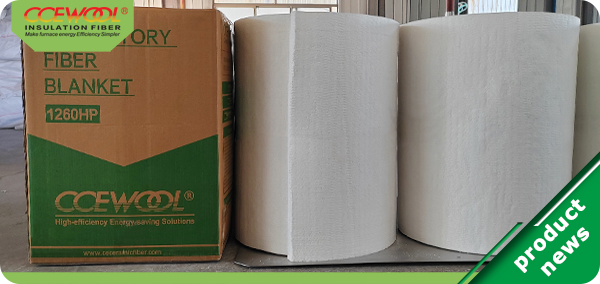In the quest to find the best material for a thermal blanket, particularly for industrial applications, ceramic fiber blankets stand out as a top contender. These high-performance insulation materials offer a unique combination of thermal efficiency, physical robustness, and versatility, making them ideal for a wide range of high-temperature applications.
What is a Ceramic Fiber Blanket?
A ceramic fiber blanket is a type of insulation material that is made from high-strength, spun ceramic fibers. It is designed to offer superior thermal insulation in environments where temperatures can range from 1050°C to 1430°C. The material is known for its lightweight nature, which belies its strength and durability.
Key Features and Benefits
High-Temperature Resistance: Ceramic fiber blankets can withstand extreme temperatures without degrading, making them perfect for use in furnaces, kilns, and high-temperature processing equipment.
Low Thermal Conductivity: The material has a low rate of thermal conductivity, which means it is highly efficient at insulating against heat transfer. This property is essential for energy conservation and maintaining controlled temperatures in industrial processes.
Lightweight and Flexible: Despite its strength, ceramic fiber is lightweight and flexible, allowing for easy installation and versatility in fitting various shapes and sizes.
Durability: Ceramic fiber blankets are resistant to thermal shock, chemical attack, and mechanical wear. This robustness ensures a long lifespan, reducing the need for frequent replacements.
Sound Absorption: Beyond thermal insulation, these blankets also provide sound absorption properties, contributing to a quieter work environment.
Applications of Ceramic Fiber Blankets
Ceramic fiber blankets are widely used in various industrial sectors due to their superior insulation properties. Common applications include:
Lining furnaces, kilns, and boilers
Insulation for steam and gas turbines
Heat treatment and annealing furnaces
High-temperature pipe insulation
Environmental Considerations
Conclusion
In conclusion, when it comes to selecting the best material for a thermal blanket, especially for industrial applications, ceramic fiber blankets are a top choice due to their excellent thermal insulation properties, durability, and versatility. Whether it's for high-temperature industrial furnaces or complex heat processing systems, these blankets provide an efficient and reliable solution for thermal management challenges.
Post time: Dec-18-2023


